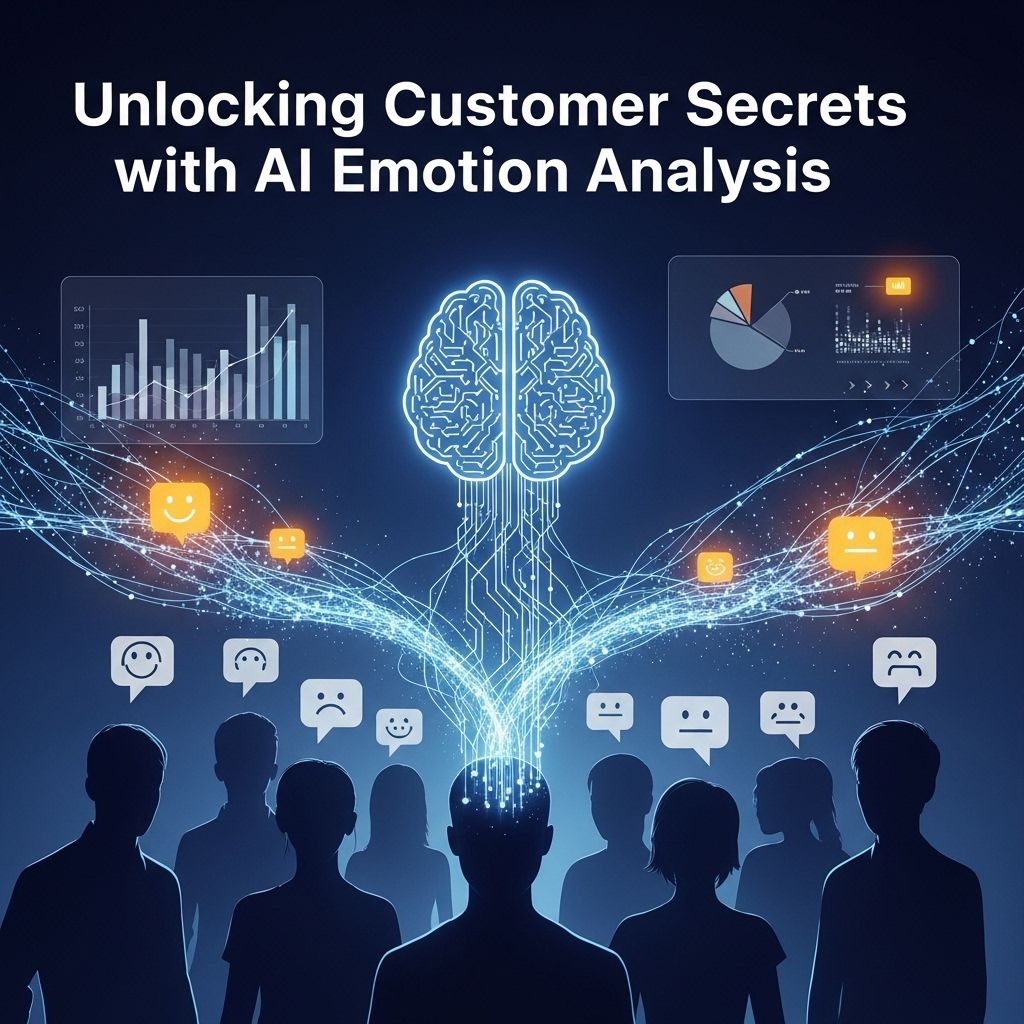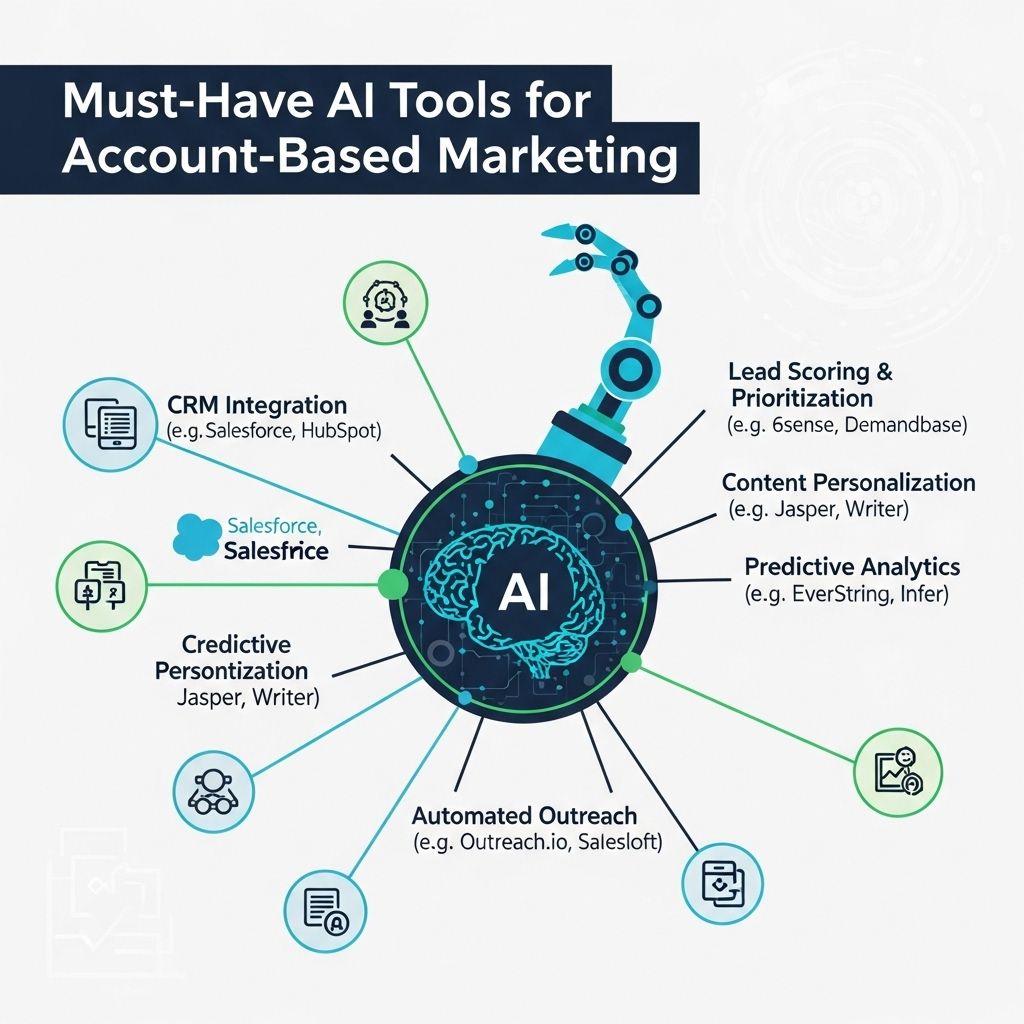Unlocking Customer Secrets with AI Emotion Analysis
Discover how AI emotion analysis can reveal customer insights, enhance engagement, and drive sales for your business.

In today’s rapidly evolving digital landscape, understanding customer emotions can significantly impact business strategies. Companies are increasingly leveraging Artificial Intelligence (AI) to analyze consumer sentiment, enabling them to tailor products and services more effectively. This article delves into the intricate world of AI emotion analysis, exploring its applications, techniques, and the benefits it offers to businesses seeking a competitive edge.
Table of Contents
Understanding Emotion Analysis
Emotion analysis, often referred to as sentiment analysis, encompasses techniques used to determine the emotional tone behind words. This technology employs natural language processing (NLP), machine learning, and computational linguistics to glean insights from customer interactions. Understanding these emotions allows businesses to predict customer behavior and improve overall customer experiences.
Key Concepts in Emotion Analysis
- Sentiment Analysis: This involves categorizing text into positive, negative, or neutral sentiments.
- Emotion Detection: Beyond basic sentiment, this technique identifies specific emotions such as joy, anger, sadness, and surprise.
- Text Mining: Analyzing large volumes of unstructured text data to extract useful information.
Why AI Emotion Analysis is Crucial
Incorporating AI emotion analysis into business strategies offers a myriad of benefits:
Enhanced Customer Insights
Understanding customers’ emotional responses can lead to the following:
- Improved product development, tailored to customer needs.
- Effective marketing strategies that resonate with target audiences.
- Stronger customer relationships built on empathy and understanding.
Real-time Feedback Loop
AI emotion analysis provides businesses with real-time insights into customer sentiment, allowing for:
- Immediate adjustments to marketing campaigns.
- Proactive customer service responses to negative feedback.
- Continuous improvement of user experience.
Methods of AI Emotion Analysis
There are several methodologies businesses can adopt to implement emotion analysis effectively:
Text-Based Analysis
This involves analyzing written text data from sources like social media, reviews, and feedback forms. Techniques include:
| Technique | Description |
|---|---|
| Lexicon-based Analysis | Utilizes predefined lists of words with associated sentiments. |
| Machine Learning Models | Trains algorithms on labeled datasets to classify sentiments. |
Audio and Visual Emotion Recognition
Emotion can also be assessed through audio and visual cues, leveraging advancements in AI:
- Voice Analysis: Examining tone, pitch, and speed for emotional context.
- Facial Recognition: Detecting emotions through facial expressions.
Applications of AI Emotion Analysis
The potential applications of emotion analysis are vast and varied across different industries:
Marketing and Advertising
Marketers can utilize sentiment analysis to:
- Gauge public reaction to campaigns.
- Identify brand advocates and detractors.
- Tailor messaging for specific demographics.
Customer Service Enhancement
AI-driven insights can improve customer service by:
- Training support staff to recognize and respond to emotional cues.
- Implementing chatbots that adapt to customer emotions.
Product Development
Incorporating customer emotions into product design can lead to:
- Innovative solutions aligned with customer needs.
- Enhanced user experiences through emotion-driven features.
Challenges in AI Emotion Analysis
Despite its benefits, AI emotion analysis comes with its challenges:
Data Privacy Concerns
With an increasing focus on data privacy, businesses must ensure compliance with regulations while collecting customer emotion data.
Accuracy of Emotion Detection
Accurately interpreting emotions from text, speech, or images can be complex, as:
- Context and culture heavily influence emotional expression.
- Subtle nuances may lead to misinterpretation.
Integration of Systems
Seamlessly incorporating emotion analysis into existing business structures requires:
- Investment in technology and infrastructure.
- Training staff to adapt to new systems and processes.
Future Trends in AI Emotion Analysis
The future of AI emotion analysis looks promising, with several trends set to emerge:
Increased Use of Multimodal Analysis
Combining text, audio, and visual data will provide a comprehensive view of customer emotions.
Advanced Predictive Analytics
AI will evolve to not only analyze current emotions but also predict future customer behaviors based on emotional trends.
Conclusion
AI emotion analysis represents a transformative approach for businesses keen on understanding their customers on a deeper emotional level. By harnessing the power of AI, companies can foster meaningful relationships that drive loyalty and success. As technology continues to evolve, those who embrace these strategies will likely lead the market, utilizing emotional intelligence as a cornerstone of their business model.
FAQ
What is AI emotion analysis?
AI emotion analysis refers to the use of artificial intelligence technologies to identify and interpret human emotions from various data sources, such as text, voice, or facial expressions.
How can AI emotion analysis benefit businesses?
AI emotion analysis can help businesses better understand customer sentiments, improve customer service, and tailor marketing strategies based on emotional responses.
What types of data can be analyzed for emotions?
Common data types for emotion analysis include social media posts, customer reviews, chat logs, voice recordings, and video content.
Is AI emotion analysis accurate?
While AI emotion analysis has made significant strides in accuracy, it can still vary based on context, cultural differences, and the quality of the data being analyzed.
How is AI emotion analysis implemented in customer feedback?
AI emotion analysis can be integrated into customer feedback systems to automatically gauge and categorize customer emotions, allowing for timely and targeted responses.
What ethical considerations should be taken into account with AI emotion analysis?
Ethical considerations include ensuring data privacy, obtaining consent from individuals being analyzed, and being transparent about how the data will be used.







